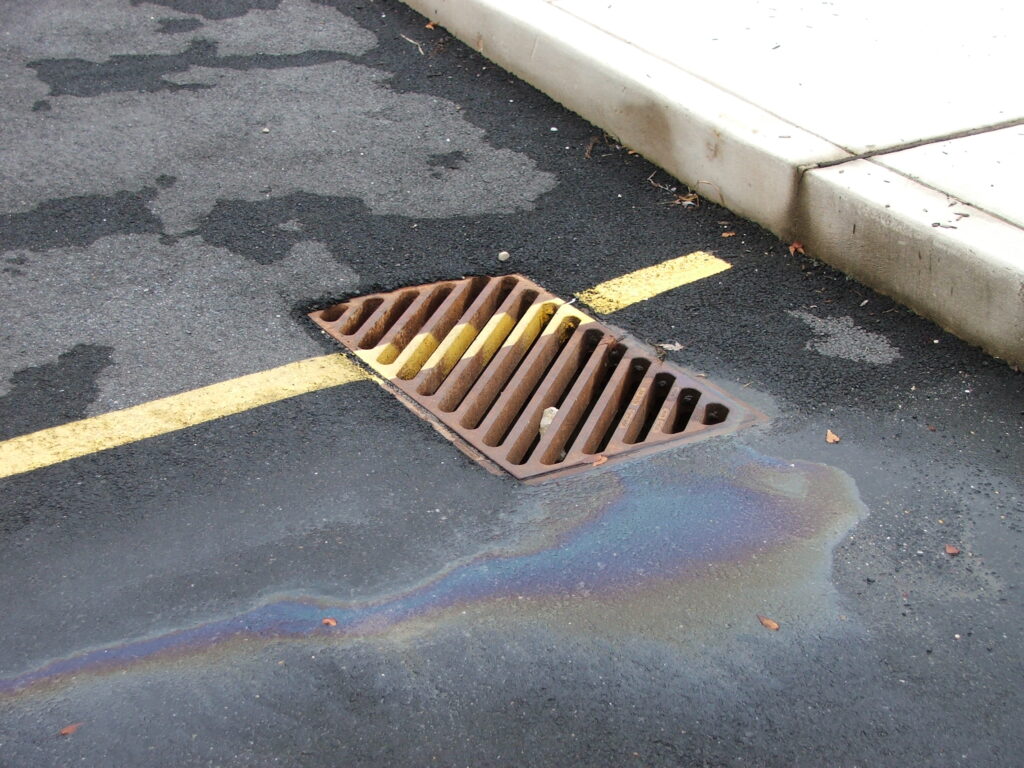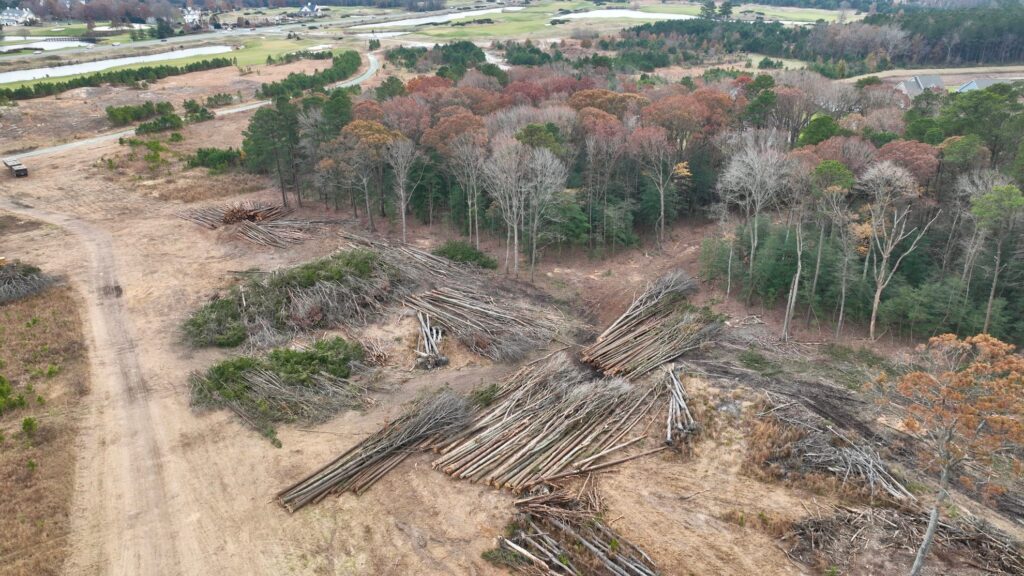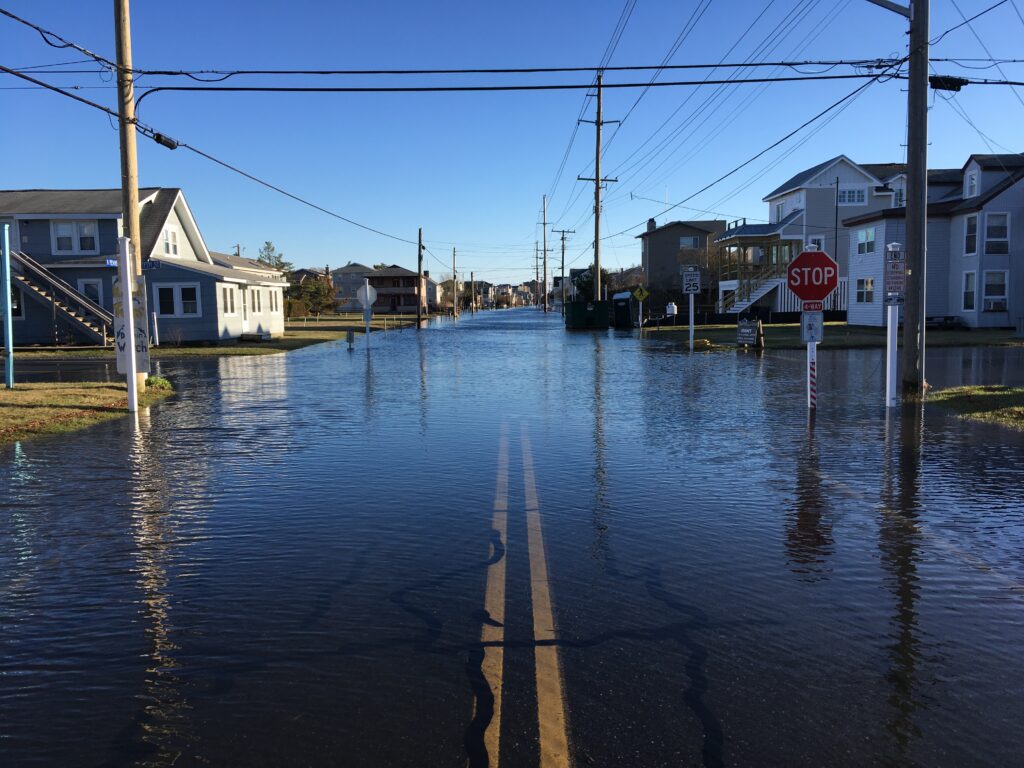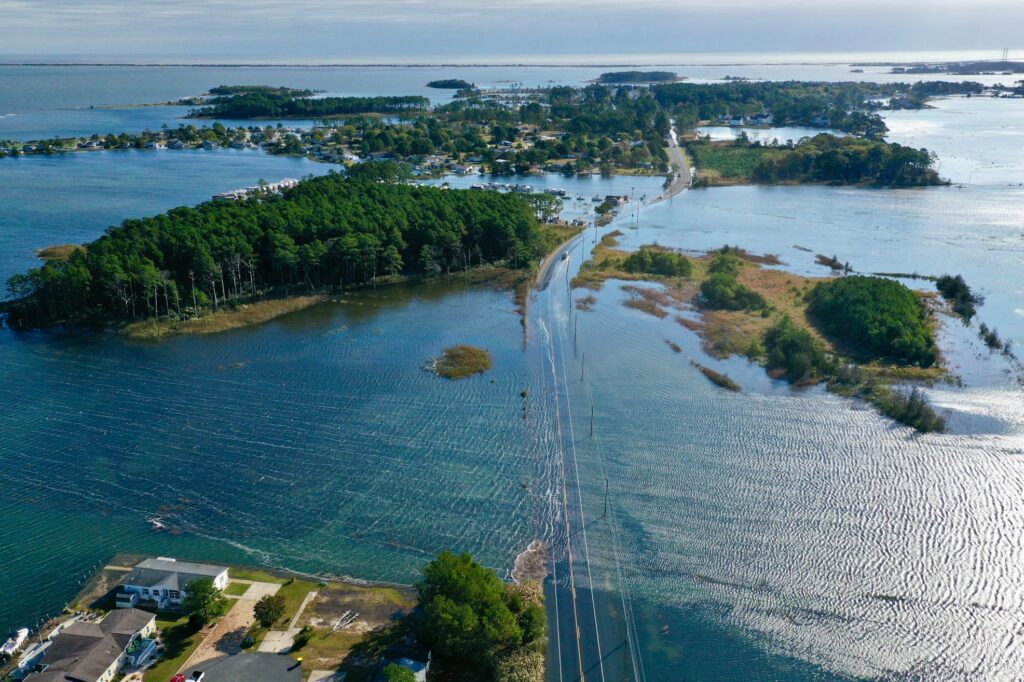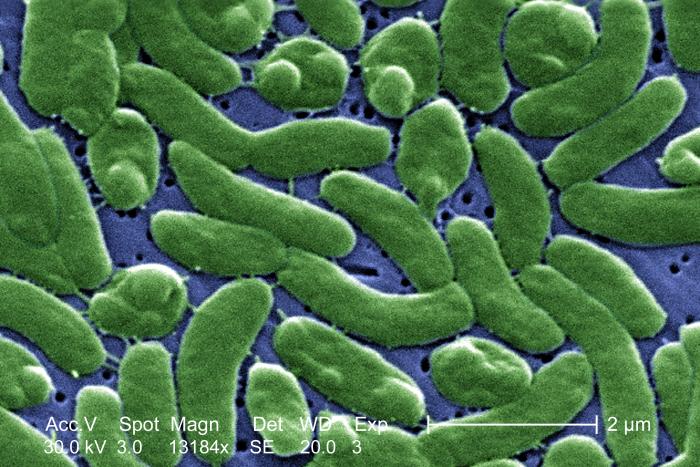Nutrient Pollution
Excess nutrient inputs remain the most significant issue facing the Inland Bays. Due to urbanization, agricultural activities, and low flushing rates, the Bays have become highly enriched with nitrogen and phosphorus. While these nutrients are essential for plant and animal growth, water quality can deteriorate when nutrients are present in excessive amounts. When that happens, algal growth accelerates and oxygen levels drop, making it difficult or impossible for organisms like fish or crabs to survive. The negative impacts associated with nutrient over-enrichment in the Bays mean there needs to be a reduction in nutrients entering waterways, as well as efforts to remove the nutrients already present.*

